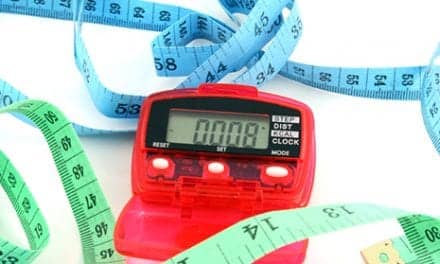Results from analyzing the stiffness index—a variable directly related to bone quality—suggest that endurance runners may have a greater stiffness index, or more improved bone density, than sedentary individuals.
The study, led by researchers from Camilo José Cela University (UCJC) and published recently in European Journal of Applied Physiology, determines how training to compete in endurance races (from 10 km to marathons) can modify the mechanical properties of the calcaneus, a bone in the foot that forms the heel, according to a media release from FECYT—Spanish Foundation for Science and Technology.
During the study, bone densitometries—or bone density tests—were performed on both the right and left feet of 122 marathon runners and 81 half marathon and 10km runners, and their values were compared to those of a control group of sedentary individuals of a similar age, per the release.
“The results showed that the endurance runners had a greater stiffness index than the sedentary individuals,” explains Beatriz Lara, the study’s main author and a member of the Exercise Physiology Laboratory at UCJC, in the release. Both the male and female runners showed an improved stiffness index.
“It was also possible to confirm a dose-response relationship, meaning that greater amounts of training correspond to a greater improvement in the mineral density of the calcaneus,” she adds.
The researchers suggest that endurance training may produce physical changes in the physical properties of the calcaneus. Hence, they suggest that such activity may be used to prevent the progressive decline in bone mineral quality that occurs with age.
[Source(s): FECYT—Spanish Foundation for Science and Technology, EurekAlert]





